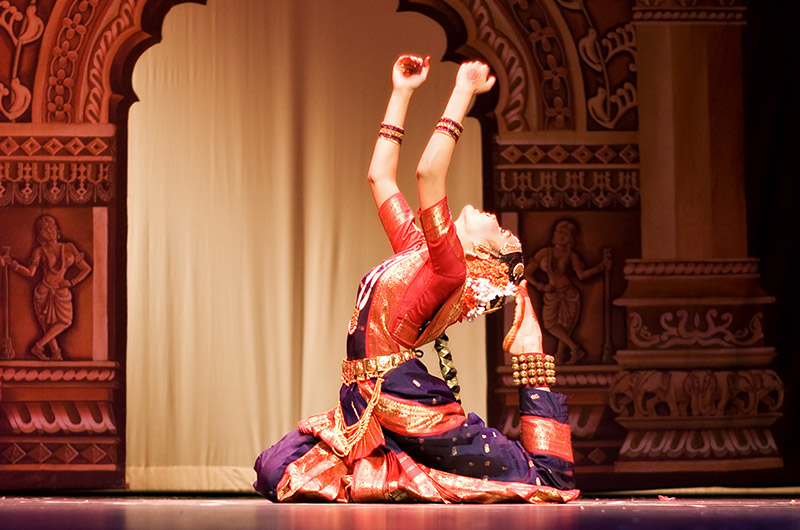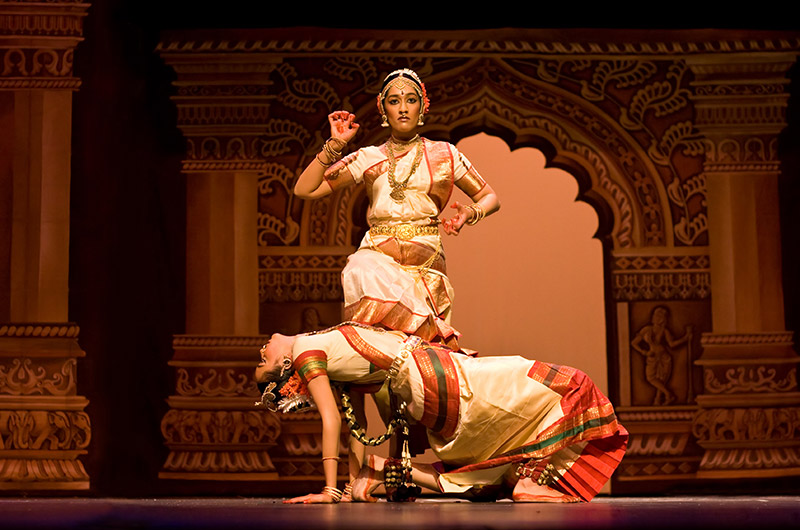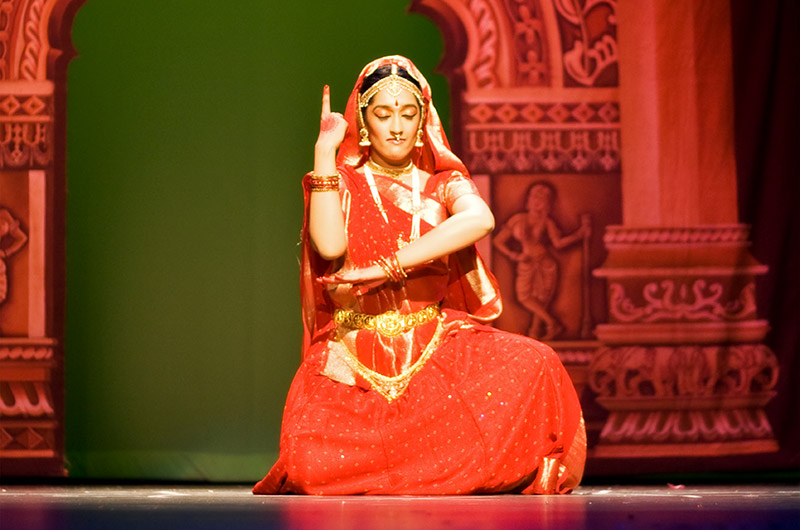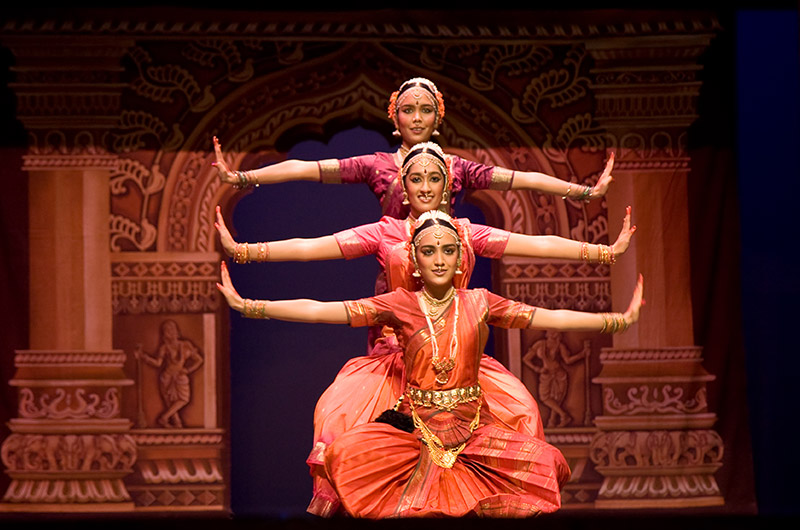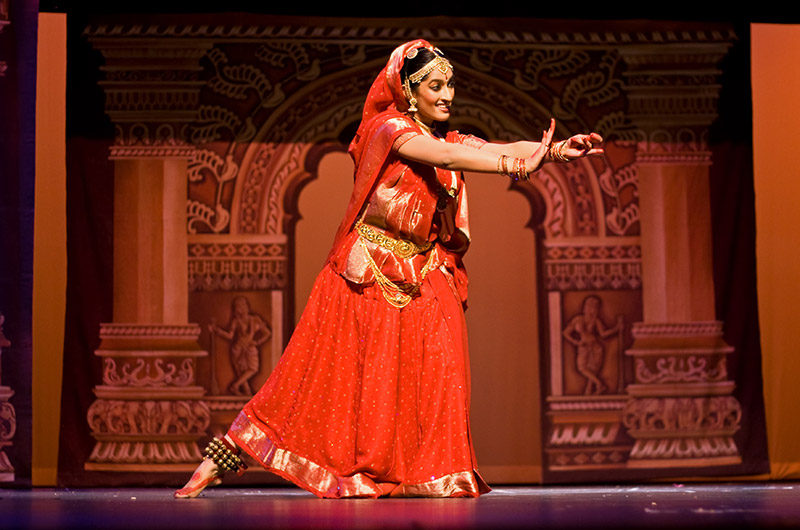
It has been infrequent during the last 918 postings of my Photo of the Day entries that the focus of my photography has been on people. Typically I enjoy photographing landscapes, with skies coming in a close second. As a matter of fact, other than turning the camera around and taking the shot myself of Caroline and me, I don’t much like taking pictures of people. Occasionally though, when someone asked if I can take some photos at an event, I have agreed reluctantly. The results are hit and miss, although some might say the same about my nature photography. Photographing this Arangetram has been an exception. With the help of a faster lens and a slightly higher megapixel count, courtesy of Nelson Tello, I achieved results that I thought were finally worthy to be proud of and hence the photos of the past seven days. I now return you to your regularly scheduled program.

